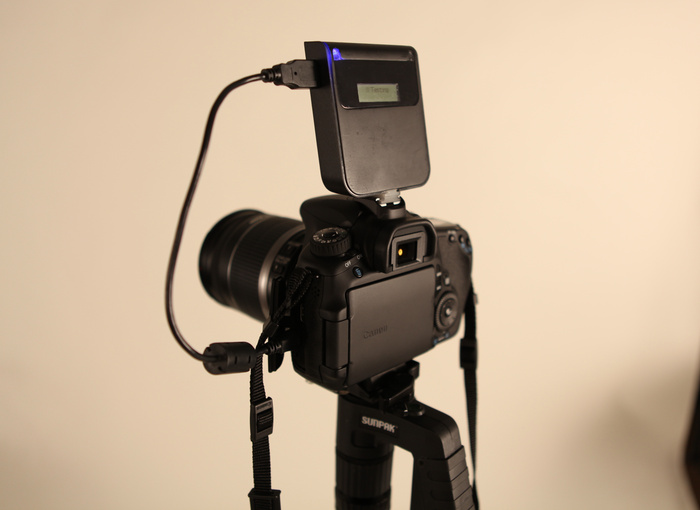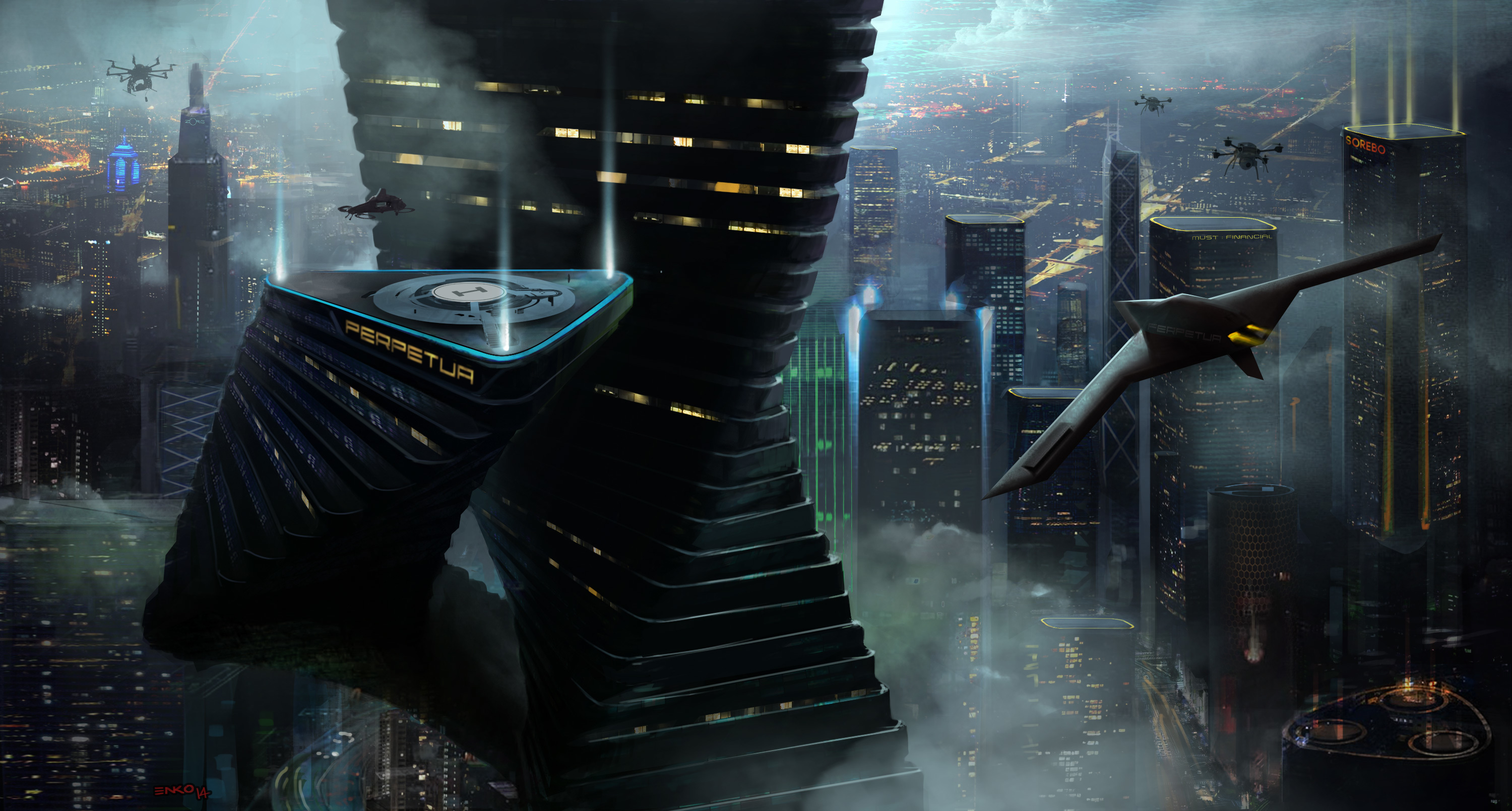Wireless tech is steadily invading all facets of life, from the office, to the home, and now even onto non-traditional applications. Anywhere Digital Data needs to be transmitted, people are finding new and innovative ways to use wireless tech. The scope keeps increasing as data speeds becomes faster and more reliable.
Digital data transfer has a long history in photography. Starting with things like unhooking the studio lights and flashes from long trailing cords, todays sophisticated systems transmit even information like distance and colour temperature between cameras and flash units. Pro photogs benefited by using what was referred as tethering, where pictures taken on the camera was instantly transmitted to a computer with a high quality display, meaning parties involved with shoots, such as clients or models can immediately see the images being produced and provide feedback if it is meeting expectations. Early systems were cumbersome and expensive, and more importantly, wired, which created lots of clutter. Early wireless adapters provided by camera makers were expensive, and functionality was limited to transferring the image files only.
Last year, Canon released the EOS 6D, aimed at providing a “cheap” way for new users to enter the Full Frame market. I say “cheap”, as the camera still costs US$2000. However, the 6D represents a very important step in Digital Photography. It is the first, and at the time of writing, the only camera to provide onboard GPS and Wifi. And the capabilities provided are more than just transferring the files back to a server, it provides mobile apps that allow the photographer to use a tablet or smartphone to connect directly to the camera (using WiFi Direct, no need for a WiFi Router), and control functionality on the camera. This means not just viewing the results, but the full functionality of changing focus, aperture, shutter speed, ISO and many other functions will be controlled by the app, and the photographer will have a live view of the image that the camera is seeing even when physically away from the camera.
But again, as exciting as these capabilities are, the startup cost is quite large. Even in this country, with its ridiculous price structures, one can buy a functioning car for that kind of money. So what kind of options exist that are less severe on the wallet? At the low end of the range, a photographer can buy something like an Eye-Fi card. This will allow image backup from any camera that can use a SD card to a computer, and the computer software will allow the image to be viewed immediately. Limited, but something, and the price point can range between $40 and $100. Some cameras have adapters that will allow the same functionality, Canon’s latest offerings even coming in the form of a grip with additional shutter buttons and some remote functionality, but costing $700 or thereabouts. Also, they tend to limited to certain camera models only.
This brings us to the device I want to focus on. Its called the CameraMator. The website can be found at http://www.cameramator.com and the kickstarter page from which they raised the funding which has a pretty full description of its capabilities are right here – http://www.kickstarter.com/projects/urashid/cameramator-wireless-tethered-photography

Camera Mator Unit
I’ll just summarize the highlights here. The main functionality is the ability control aperture, shutter speed, ISO and white balance remotely, and instant photo review. In addition, it will allow a self timer, an Intervalometer and HDR Bracketing capabilities. It works with a wide range of cameras, a distinct point in its favour. And so is the price, at a mere $300, it costs less than ½ of what a unit produced by the camera manufacturers will cost. Its certainly running very close to providing the WiFi functionality in the $2000 Canon 6D.
Earlier, I pointed out why photographers shoot tethered. Instant feedback on larger, better quality screens than those on the backs of DSLRs, client feedback, model interaction, the ability to show what is happening over what you want without moving the camera. The remote capability could be useful for wildlife, leaving the camera covering a remote scene and shooting from far so as not to spook the animals. It would allow the photographer to minimize risk to himself by keeping the camera somewhere risky why shooting it from a safe distance, like keeping the camera right near the track at a motor racing event. However this kind of work is typically the province of professionals who get paid big bucks to shoot. The ability to get the camera into all kinds of angles and still compose the images accurately. Hold the tripod over your head for a shot looking down from 10 feet, shoot at ground level without having to lie on the ground to look through the viewfinder. Shoot from the next room, if that suits your fancy.
Why would an average DSLR user want to buy something like this? With this kind of capability, lets see what we can add. Self portraits, accurate framing, and accurate timing for the picture. Its a lot more cost effective for experiments than hiring a professional model. No more guessing if there is enough space once you put the timer on and run to be included in a group shot. Much better image quality for live blogging. no need for blurry grainy photos from a Mobile, use the high ISO and wide apertures available and upload directly to the web. Have a team of photographers sending pictures straight to a laptop for instant review and upload to the net. Share pictures instantly with attendees at parties, sending pictures direct to their smartphones. This kind of technology certainly increases the business potential of your DSLR. The possibilities seem limited only by imagination.
(Images courtesy of www.cameramator.com)


